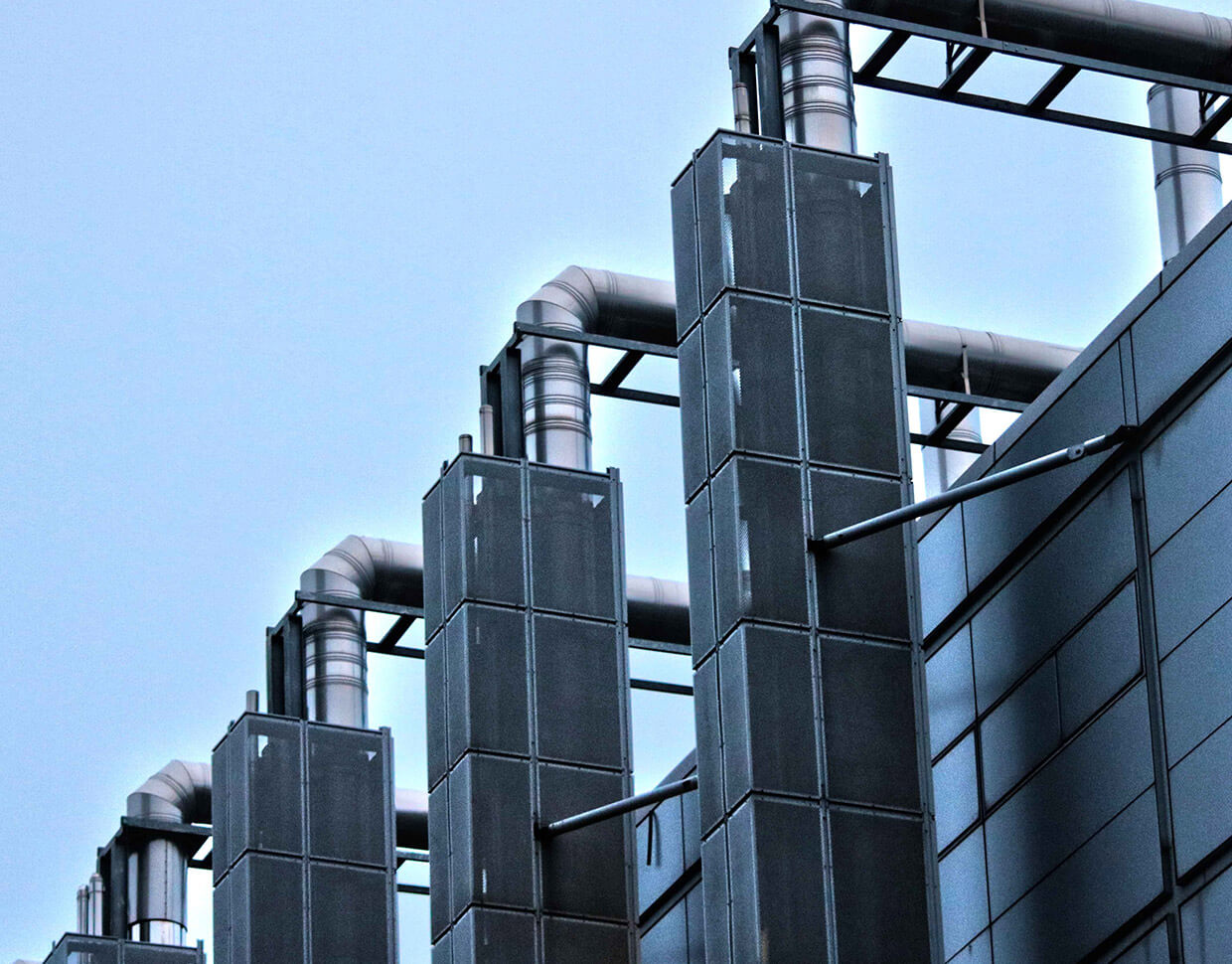
Port Everglades Accelerates Growth Plan
March 2, 2011
Port Everglades Moves Toward Public/Private Partnership with FEC for Rail to Transport Cargo
July 6, 2011Miami Port Upgrade Drives FEC Growth: Fla. East Coast Railway Cashes in on Intermodal
JACKSONVILLE — Florida East Coast Railway LLC expects annual double-digit intermodal handling increases and a similar pace of revenue growth over the next several years, largely due to the deepening of the Port of Miami and the growth of intermodal business.
The Jacksonville-based railroad will also benefit from a $47 million project that will restore ondock rail service to the port in early 2012, making it easier to transfer containers to and from the company’s yard in nearby Hialeah, said James Hertwig, the company’s CEO and president. The 351-mile railway will also benefit from a new intermodal rail facility in Fort Lauderdale, which is expected to open in 2013.
“Miami will become the best place in South Florida [for cargo ships] to stop because of the huge surrounding population,” Hertwig said. Shipping company customers “might as well use our line to get their cargo to the Southeast.”

The opening of the Panama Canal in late 2014 will allow larger container ships to call on the East Coast, and Miami is expected to be ready after Gov. Rick Scott earlier this month promised to give the port the $77 million it needs to deepen its harbor. FEC expects to gain more business from Miami’s growth, along with transportation customers’ increased willingness to use its intermodal service, the process of hauling goods by train and truck that are normally transported solely by truck.
It’s unknown, however, how much cargo railroad companies will send north via FEC’s line to connect to CSX Corp. and Norfolk Southern Corp.’s lines to Southeast markets.
The conventional industry wisdom is that shipping customers would rather transport their goods as far as they can via the cheaper water transport, but Hertwig said transport on the FEC rail line will not only be faster, but also cost-competitive.
“We can have [the cargo] in Atlanta and Charlotte [N.C.] in two days and in Nashville and Memphis [Tenn.] within three days,” Hertwig said. Shipping the cargo through the ports of Savannah or Jacksonville would take several days longer.
FEC, which has an annual revenue of more than $200 million, has increased its intermodal handling in recent years as the trend ramped up and handling of raw material slumped due to the construction industry bust. The U.S. rail industry’s intermodal handling increased nearly 15 percent in 2010 compared with 2009, according to the Association of American Railroads.
FEC handled about 325,000 intermodal units last year — an 11 percent increase from 2009 — and that only accounted for about 10 percent of the available market between Jacksonville and Miami, Hertwig said. The former president of CSX’s intermodal company said FEC expects to gain about 40 percent of the market within the next several years.
FEC, which employs about 540, charges on average $925 for overnight transport of an intermodal unit from Jacksonville to Miami, and that doesn’t include fuel charges or the extra cost of trucking cargo more than 10 miles from the rail. Hertwig said he can offer customers a 40 percent to 50 percent cheaper fare for railing goods the opposite way, making it more attractive for customers to offload their cargo in Miami instead of northern ports, such as Savannah, Ga., and Charleston, S.C.

Whether customers would see the benefit in saving a few days at sea for an extra cost is unknown, but Miami would become a stronger gateway for northern-bound goods if U.S. trade with Cuba was restored, said Jeffrey Kauffman, a Sterne Agee transportation analyst.
He doubts that the deepening of Miami’s port will hurt the Port of Jacksonville because the two are serviced by different shipping lines with cargo for different destinations. Kauffman said ondock rail connections are important for both ports because unloading and offloading of containers is generally faster and customers don’t have to pay trucks to haul containers between the docks and rail.

CSX spokesman Gary Sease said the railroad could also benefit from the deepening of the Port of Miami since it could handle additional freight headed to or from South Florida. In terms of capturing more of the state’s intermodal market, CSX has yet to set a timeline for the construction of a state rail hub in Winter Haven.
Sease said the timeline for Evansville Western Railway, a CSX subsidiary, building the more than $100 million, 318-acre terminal is dependent on increased intermodal handling through the state.The facility will likely be built later if the state balks at buying access to 61 miles of track for $432 million from CSX for a Central Florida commuter rail project.
SunRail’s $1.2 billion commuter rail project was on track until Gov. Scott froze $235 million in contracts related to the project and said he will take until July to review the project, according to The Associated Press. There is concern that SunRail will meet a fate similar to the planned $2.7 billion high-speed rail line from Orlando to Tampa, which Scott axed in late February.
From the Jacksonville Business Journal: http://www.bizjournals.com/jacksonville/print-edition/2011/03/25/miami-p...

